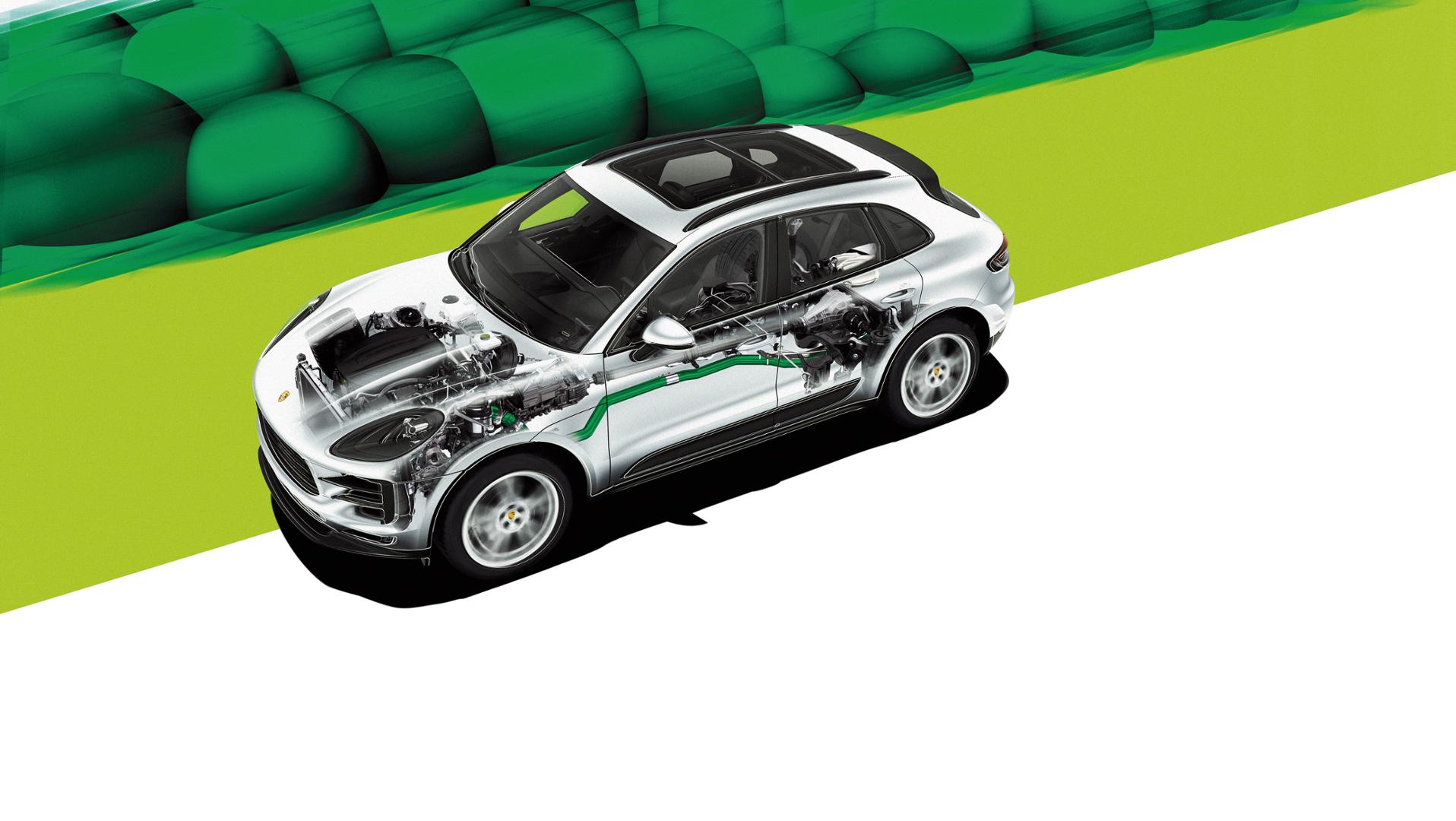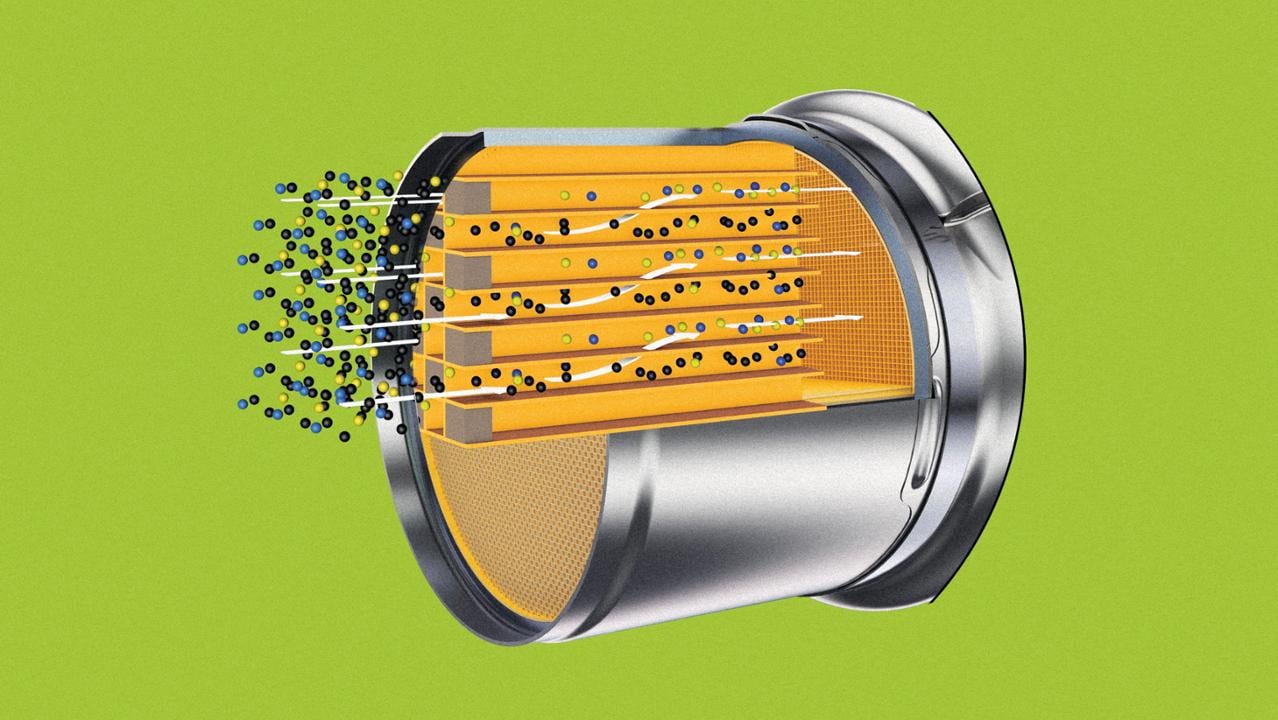
Concerned about the environment? Driving a Porsche can ease your mind. Making alterations to designs in order to decrease the company’s carbon footprint is always on Porsche’s mind. Working hard to refine their models and reduce particulate matter, all new Porsche models that have a gasoline engine will also have particulate filters. For the models with more than one cylinder block, each will be outfitted with its own particulate filter.
Following a similar design to particulate filters in diesel engines, the exhaust will flow through a narrow pathway from the engine to the tailpipe. Through the optimization of exhaust pipelining, the soot particles are dramatically decreased. Now the small openings between two connecting pipes may allow for a few escaping gas particles but no longer the larger soot particles. Soot will be jammed and held in the pipelines. Once the exhaust reaches 600 degrees Celsius, the soot is burned off and prevented from escaping into the air.
Engineering new parts and designs for these filters has been nearly a two-year process. Staying in line with their slim and lightweight 718 and 911 models, Porsche also developed an all-new catalytic converter. This way they could implement the new particulate filters as well as catalytic converters. The new design increases the converter from a three-way model to a four-way model. These essential converters already worked hard to change gaseous substances into completely harmless air components. The four-way model is composed of a short length, yet large diameter, in order to give accessibility to as many channels as possible. It also adds an additional catalytic coating in all the channels. Porsche engineer, Martin Werner, says, “That leaves no chance for nitrogen oxides and particulates.”

Driving a Porsche now leaves a smaller carbon footprint, and there’s nothing wrong with that.